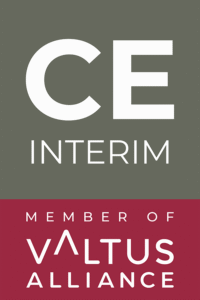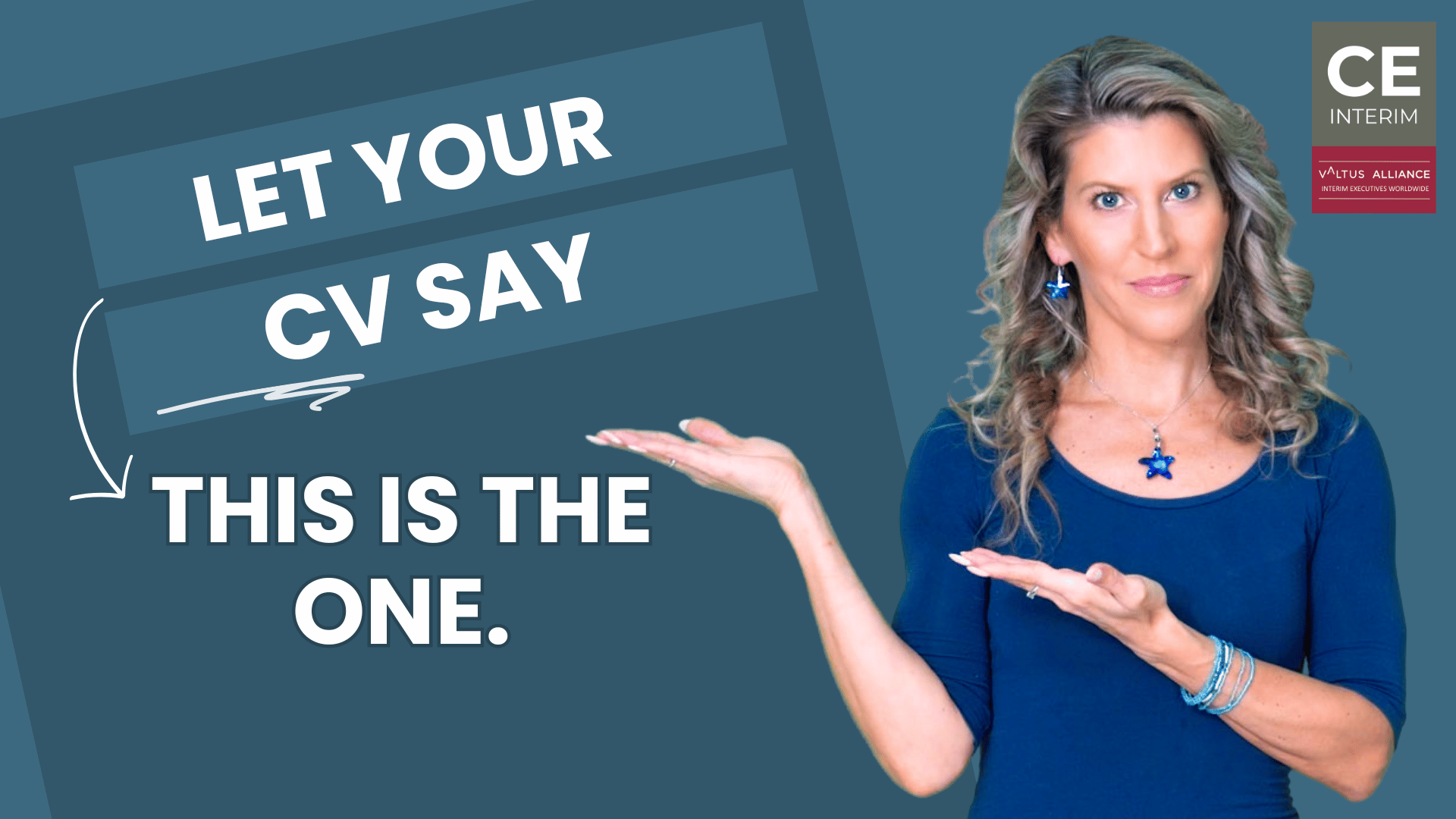Not enough time to read the full article? Listen to the summary in 2 minutes.
You’ve updated your CV, refined your LinkedIn profile, and applied for roles that match your background perfectly.
Still, no response. No interviews. No callbacks.
It’s frustrating—especially when you know you’re qualified. But here’s the hard truth: Your CV might be good, but if your USP isn’t clear, no one will notice.
What Is a USP – and Why Does It Matter?
A Unique Selling Proposition (USP) is the essence of what makes you the right fit for an interim project.
It’s not your job title or how many years you’ve worked. It’s the problem you solve and the impact you make—stated so clearly that the client or interim provider thinks:
“This is the one.”
In a crowded market, your USP is your positioning tool. It communicates:
- What kind of problems you solve
- Where and how you deliver results
- Why you’re more valuable than other candidates with similar backgrounds
Where Should Your USP Appear?
A strong USP is not just a paragraph tucked into your CV. It should be everywhere decision-makers might look:
✅ Top of your CV: A powerful 3–5 line summary that sparks interest.
✅ LinkedIn “About” section: A natural, human version of your USP that reinforces your expertise.
✅ LinkedIn Headline: A concise, keyword-rich version that helps you show up in recruiter searches.
✅ Interview Introduction: Your verbal USP is your opening line. Make it count.
If your USP isn’t consistent across all these touchpoints, it’s like telling a different story each time. That confuses the reader—and costs you the project.
Common Mistakes Interim Managers Make with Their USP
Even experienced professionals get this wrong. Here’s what to avoid:
1. Being Too Generic
Saying: “Plant Manager with full P&L responsibility, leading a team of 400+.”
…tells me what you did, but not what makes you exceptional.
Better:
“Led turnaround of underperforming automotive plant in Hungary, cutting scrap rate by 38% in 9 months—while stabilizing workforce post-acquisition.
2. Trying to List Everything
Including every skill or task you’ve ever done weakens your profile.
Clients don’t hire interim generalists. They hire specialists with specific execution know-how.
If you say you can do everything, they’ll assume you master nothing.
3. Using Overly Complex Language
“Cross-functional matrix-based transformation orchestrator.”
What does that mean?
Keep it simple. Use words clients actually search:
cost reduction, plant relocation, ERP implementation, GCC market entry, etc.
4. Forgetting Keywords
Even the best profile gets ignored if it doesn’t include terms like:
- post-merger integration
- freelance project experience
- supply chain expert
- restructuring leadership
If you’re not showing up in searches, you’re invisible.
How to Craft a USP That Works
Here’s how to build a USP that grabs attention—and gets you shortlisted:
Step 1: Look at Past Projects
What was the core problem? What did you consistently deliver?
Example:
“I step into manufacturing sites with low morale and inefficient workflows—and bring them back to life through lean principles, floor-team engagement, and clear accountability structures.”
Step 2: Match with Client Needs
Use language the client would use when describing their pain point:
“We’re losing productivity due to internal misalignment.”
Now write your USP to match:
“Known for aligning cross-functional teams to stabilize KPIs and drive performance improvements across sites.”
Step 3: Be Quantifiable
Back it with impact.
Instead of “Led plant optimization,” say:
“Cut downtime by 22% within 3 months through shift redesign and predictive maintenance rollout.”
Tailor Your USP for Every Opportunity
You don’t need to rewrite your experience.
But you do need to spotlight what’s most relevant to each project.
If the client needs someone to lead a plant relocation from Germany to Romania, your USP shouldn’t bury that experience in paragraph five.
Put it up top. Show them you’ve done exactly this before.
Recruiters don’t read every CV deeply. They look for matches.
Make it easy for them to say yes.
Final Takeaway – What You Can Do Today
✅ Review your LinkedIn headline and “About” section. Are your USPs obvious and specific?
✅ Open your CV—do your first 5 lines show why you should be hired?
✅ List 3–5 repeatable outcomes or problems you’ve solved.
✅ Add the right keywords—the ones clients are searching for.
✅ Keep your language clear, natural, and human.
A polished CV gets attention.
But a clear, specific, and tailored USP is what gets interviews—and projects.
Start there.
You’re not just listing your experience.
You’re showing the client why only you can deliver what they need.
Let them see it. Let them choose you.





